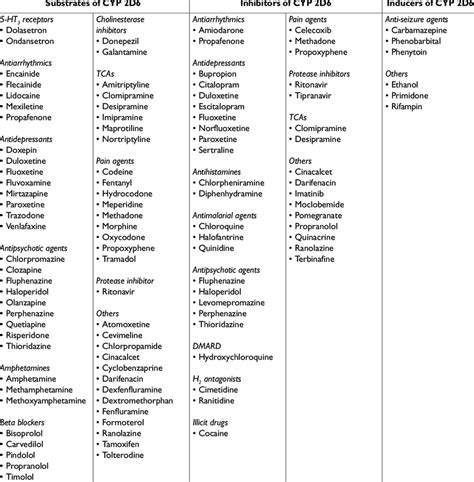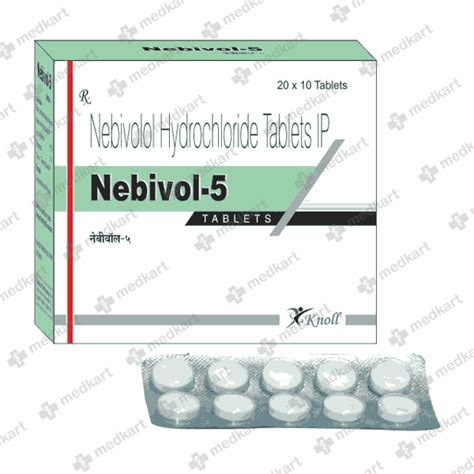Intro
Discover Nebivolol side effects, interactions, and warnings. Learn about common adverse reactions, dosage, and medication uses, including high blood pressure treatment and beta blocker therapy.
The importance of understanding the potential side effects of medications cannot be overstated, especially when it comes to medications like nebivolol, which is used to treat high blood pressure. High blood pressure, or hypertension, is a significant health concern that affects millions of people worldwide, increasing the risk of heart disease, stroke, and kidney disease. Managing hypertension often involves lifestyle changes and medication, with nebivolol being one of the options prescribed by healthcare providers. However, like all medications, nebivolol can cause side effects, some of which may be mild and temporary, while others can be more severe. Understanding these side effects is crucial for patients to make informed decisions about their health and to work closely with their healthcare providers to manage any adverse effects.
Nebivolol belongs to a class of medications known as beta-blockers, which work by slowing the heart rate and reducing the force of the heart's contractions, thereby lowering blood pressure. While effective, the action of beta-blockers on the heart and blood vessels can lead to a variety of side effects. Some patients may experience these side effects shortly after starting the medication, while others may not notice them until they have been taking nebivolol for some time. It's also worth noting that not everyone who takes nebivolol will experience side effects, and for many, the benefits of the medication in managing high blood pressure will outweigh the risks.
The potential for side effects with nebivolol, as with any medication, underscores the importance of a thorough discussion between patients and their healthcare providers. This discussion should include the potential benefits of the medication, the possible side effects, and what to do if side effects occur. Patients should also be aware of the signs of more serious side effects that require immediate medical attention. By being informed and proactive, patients can help ensure that they get the most out of their treatment while minimizing the risk of adverse effects.
Nebivolol Mechanism of Action

Common Side Effects of Nebivolol

Less Common but Serious Side Effects
Less common but more serious side effects of nebivolol can include worsening of heart failure, bronchospasm in patients with asthma, and peripheral vascular effects such as cold hands and feet. These side effects require immediate medical attention, as they can indicate that the medication is not suitable for the patient or that the dosage needs to be adjusted.Managing Side Effects of Nebivolol

Precautions and Warnings
It's crucial for patients to be aware of the precautions and warnings associated with nebivolol. This includes the potential for allergic reactions, the risk of maskings signs of low blood sugar in diabetic patients, and the effects on the heart, especially in patients with pre-existing heart conditions. Pregnant or breastfeeding women should also discuss the potential risks and benefits with their healthcare provider before starting nebivolol.Nebivolol Interactions

Dosage and Administration
The dosage and administration of nebivolol are critical in minimizing side effects while maximizing its therapeutic benefits. Typically, nebivolol is started at a low dose, which can then be titrated upwards based on the patient's response and tolerance. It's essential for patients to follow the dosage instructions provided by their healthcare provider and not to stop taking the medication without consulting them first.Long-Term Use of Nebivolol

Patient Education
Patient education plays a vital role in the successful management of hypertension with nebivolol. Patients should be informed about the medication, its potential side effects, and what to expect during treatment. They should also be encouraged to maintain a healthy lifestyle, including a balanced diet, regular physical activity, and stress management, to support the medication's effects and overall cardiovascular health.Alternatives to Nebivolol

Future Directions
Research into the treatment of hypertension continues to evolve, with ongoing studies exploring new medications, combination therapies, and lifestyle interventions. For nebivolol, future directions may include exploring its use in different patient populations, investigating its effects on cardiovascular outcomes beyond blood pressure reduction, and developing new formulations or delivery systems to improve patient adherence and reduce side effects.What is the most common side effect of nebivolol?
+The most common side effects of nebivolol include fatigue, dizziness, and nausea. These side effects are often mild and may diminish as the body adjusts to the medication.
Can nebivolol be used in patients with asthma?
+Nebivolol should be used with caution in patients with asthma, as beta-blockers can cause bronchospasm. It's essential for patients with asthma to discuss the potential risks and benefits with their healthcare provider before starting nebivolol.
How long does it take for nebivolol to start working?
+Nebivolol can start to lower blood pressure within a few hours of the first dose, but it may take several weeks to reach its full effect. Patients should follow the dosage instructions provided by their healthcare provider and attend follow-up appointments to monitor their response to the medication.
In conclusion, nebivolol is an effective medication for the management of high blood pressure, offering a unique mechanism of action that can provide benefits for many patients. However, like all medications, it can cause side effects, some of which may be significant. By understanding the potential side effects, being aware of the precautions and warnings, and working closely with their healthcare provider, patients can minimize the risks associated with nebivolol and maximize its therapeutic benefits. We invite readers to share their experiences or ask questions about nebivolol and its side effects in the comments below, and to consider sharing this article with others who may benefit from this information.
